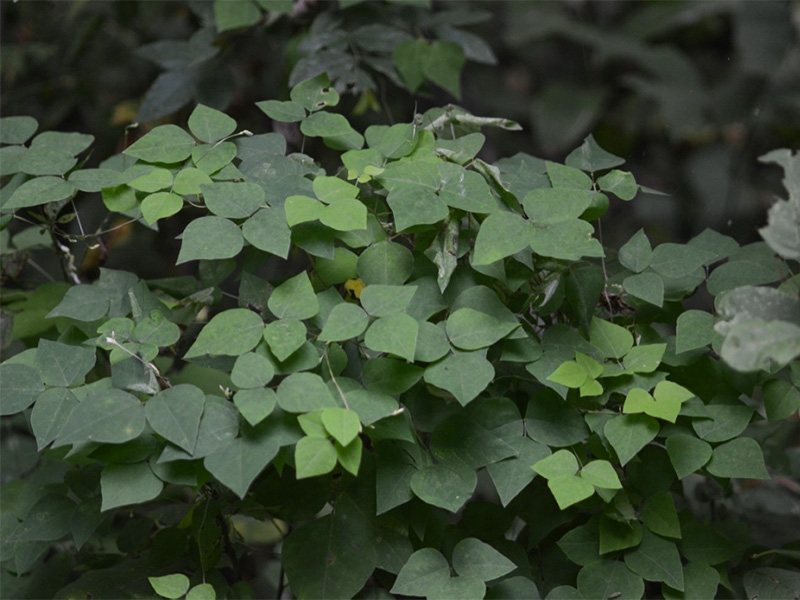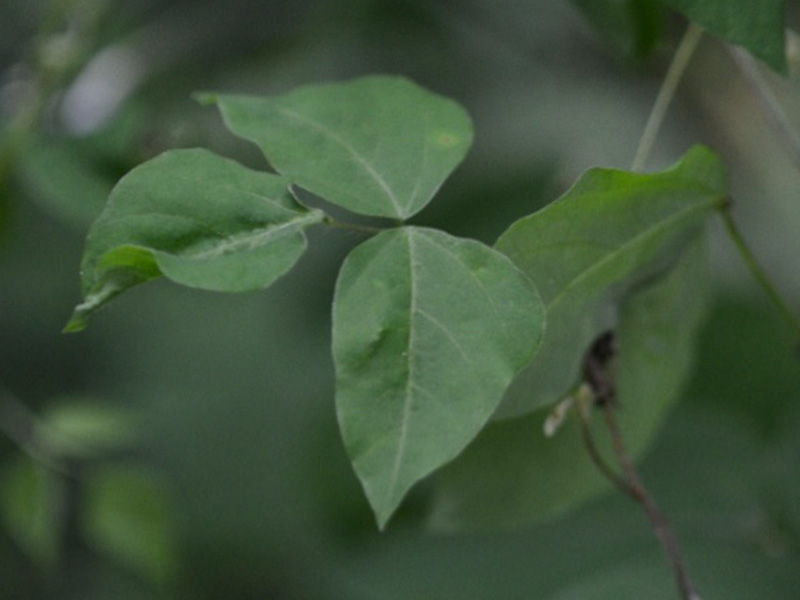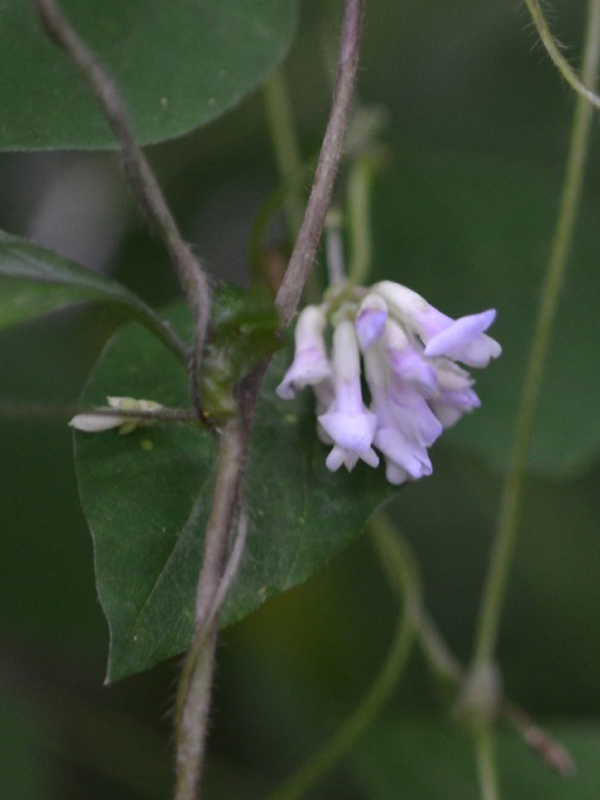
Weeds > Apios > Apios americana > Apios americana
Apios americana
Groundnut, Potato Bean
| Family |
| Fabaceae |
| Genus |
| Apios |
| Species |
| americana |
| Category |
| Weeds |
| Type |
| Vine |
| Synonyms |
| Apios tuberosa. Glycine tuberosa. |
| USDA Hardiness Zone |
| 4b - 8b |
| Canadian Hardiness Zone |
| 3 |
| RHS Hardiness Zone |
| H7 - H3 |
| Height |
| 4.7 - 6 m |
Photographs
Description and Growing Information
Flowering Period
| Cultivation |
| Full sun and partial-shade. Well-drained, sandy and loamy soils with acidic, alkaline and neutral pH. Moist soils. |
| Growth |
| Fast |
| Habitat |
| Low damp, bottomland, riparian woods and thickets. |
| Leaf Description |
| Compound (made up of 2 or more leaflets) and alternate with 1 leaf per node along the stem. The edges of the leaf blade are entire with no teeth or lobes. |
| Flower Description |
| The flower is bilaterally symmetrical. 4 - 5 petals, sepals or tepals in the flower. |
| Fruit Description |
| The fruit is dry and splits open when ripe. The length of the fruit is 60 - 120 mm. |
| Colour Description |
| The flowers are a bluish-purple, greenish-brown and pinkish-red. |
| Notable Specimens |
| Joany's Woods, West Williams, Middlesex County, Ontario, Canada. |
| Propagation |
| Seed, pre-soak for 3 hours in tepid water and sow February/March in a cold frame. Germinates in 1 - 3 months at 15°C. When large prick seedlings out into individual pots and grow in light shade in a greenhouse for first winter, planting in spring or early summer. Division, can be carried out at anytime of the year. Simply dig up roots, harvest tubers and replant. |
| Ethnobotanical Uses (Disclaimer) |
| The roots, seeds and seedpod are edible. The tubers were used in folk remedies for a cancerous condition known as "Proud Flesh" in New England. Nuts were boiled and made into plaster. |


